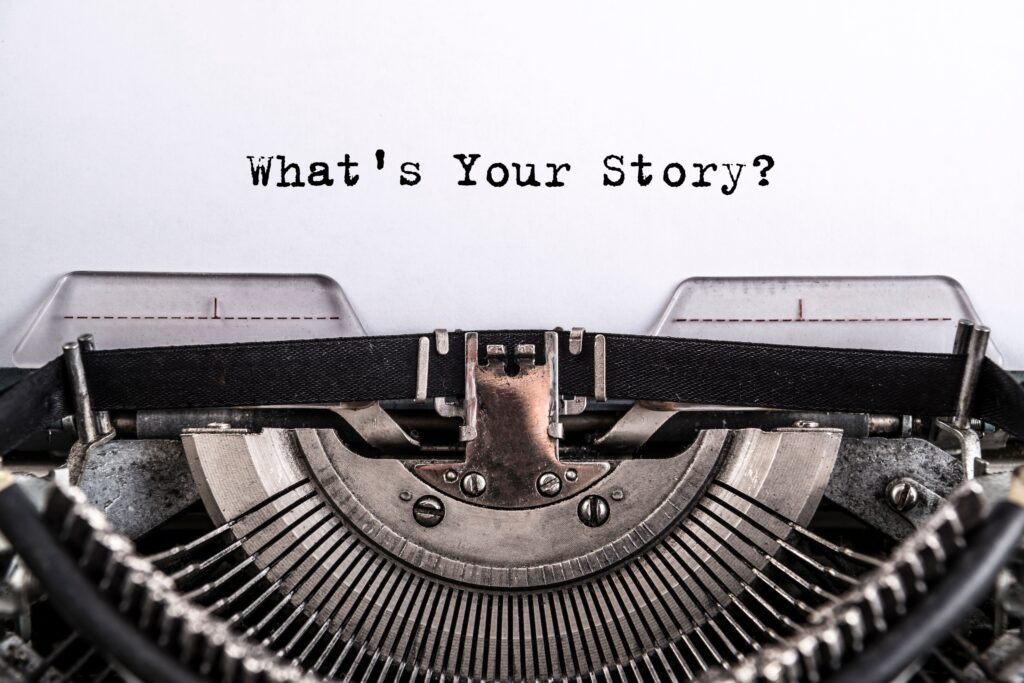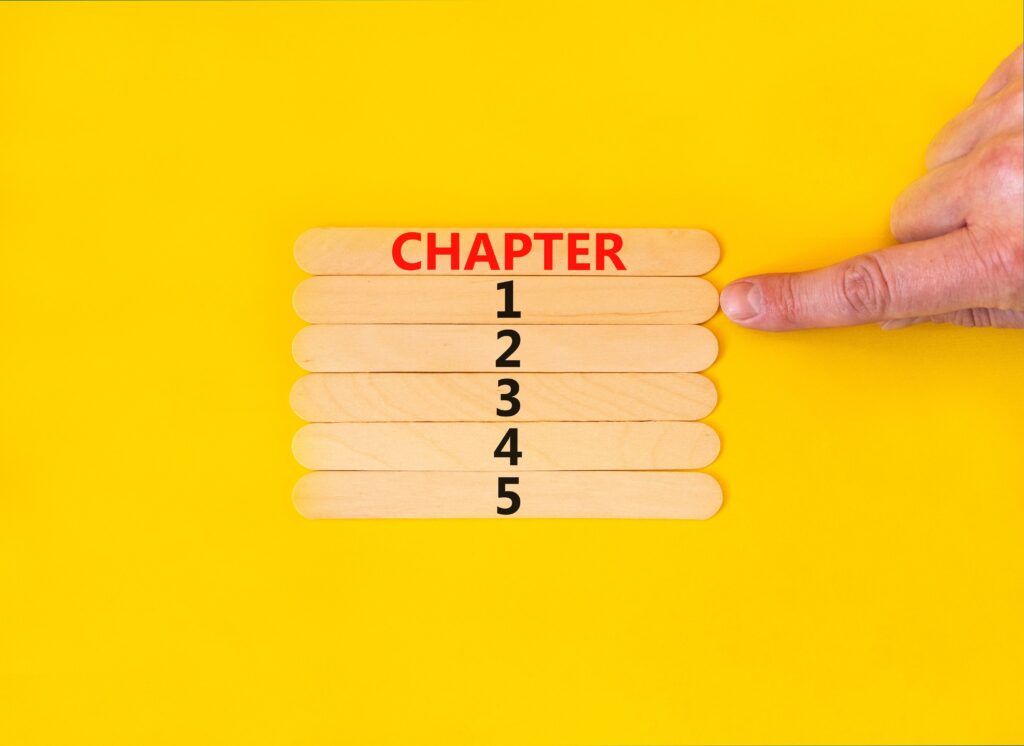In this Article...quick links
Part 1: How to ensure you’ve got a presentation structure your audience can follow and presentation slides that support what you say
Just about every presenter we work with at SecondNature wants some quick presentation tips that will make an immediate difference. We also know that every presenter we work with loves the detailed feedback that we’re able to give them. So, in our next two blogs we’ve combined both – quick tips and detailed feedback – from our 60-point coaching feedback framework.
Of course, because we’re not in the room with you (though we’d love to be) you can either use these tips to provide your own feedback and assess yourself – maybe by watching a recording of yourself presenting; or alternatively, you can ask a colleague, friend or family member to provide you with feedback based on these tips.
In Part 1, we’ll be covering our top tips to ensure you’ve got a compelling presentation structure that your audience can follow, together with effective presentation slides that support what you say.
In Part 2, coming in our next blog, we’ll share our top tips to make sure you’re including the most important delivery techniques and mastering a successful delivery style.
A Compelling Presentation Structure That Your Audience Can Follow
Building a compelling presentation structure that tells a clear story (check out our blog on strategic storytelling in business) is a valuable skill to develop and hone. Even the slickest presentation delivery skills won’t help you unless you’ve nailed your content. So, follow our tips to ensure that your presentation stays on track.
- Understand the needs and motivations of your audience and then tailor the content of your presentation so that it’s made relevant, and specifically for them. Knowing your audience through audience analysis will make for a more compelling presentation and will make a profound difference to the impact of your presentations.
- State the purpose of your presentation up front. What’s in it for the audience, and what is your Ask i.e. what do you want the audience to think and do as a result of your presentation? Knowing what’s in it for them (WIIFT) will set up their expectations in advance and encourage them to ‘lean in.’
- Consider if you need to include any background information, or perhaps some housekeeping elements, at the beginning of the presentation.
- Try to include an Attention Grab within the first 10 seconds of your presentation in order to hook your audience at the start. It could be an astonishing fact or visual, an emotive story, or perhaps a rhetorical question.
- Before getting into the content of your presentation, outline the Roadmap (or chapters of your story) of your presentation so that the flow is easy to follow for your audience. Storytelling in presentations is a great way to illustrate the journey and also keep your audience engaged rather than giving a list of facts about a subject.
- Make sure your presentation content is clear, as succinct as possible, and answers the ‘So What?’ Remove unrequired detail, repetition, unnecessary words, and avoid jargon and fluff!
- Explain acronyms and any terminology that may not be known by the audience.
- Whenever possible, include examples, anecdotes, stories, case studies and statistics to bring your presentation to life.
- Close each section of your presentation (chapter of your story) with ONE compelling ‘take away’ message – we call these Points of Persuasion. Make sure these messages help to support the overall purpose of your presentation.
- Include a Summary at the end of your presentation to tie all your key messages together.
- Finish with a Destination sentence. This should state what you want the audience to either think, feel or do as a result of the presentation, and why this is important.
- Wherever possible allow time for questions. Remember the presentation is for the audience. It’s not for you. Try to anticipate questions in advance and prepare your answers.
So now you have your narrative mapped out, it’s time to bring your story to life with the help of presentation slides. Remember, slides are not there for you to read from, they are there to amplify your narrative, add visual impact and build audience engagement. Here are our top tips for more effective powerpoint presentations.
Effective Presentation Slides That Support What You Say
- Think about your slide design, make sure your slides are as uncluttered and visually engaging as possible. This means thinking about different ways to visually enhance your spoken narrative. Remember you want your slides to support your presentation, not take away from it.
- If using bullet points, follow the 5 x 5 rule of thumb i.e. no more than about 5 bullet points per slide, no more than about 5 key words per bullet point.
- Wherever possible, replace words/bullet points with images, graphs, graphics or iconography. Rather than seeing a big wall of text, visual aids make for a more engaging presentation. Remember, a picture paints a thousand words!
- Use animation sparingly – either to add impact or to break up a message. While it might encourage audience engagement, too much is distracting and potentially annoying.
- Headline every slide with the Key message of that slide. Using headlines will mean that non-detailed type people get the gist of what you’re saying without needing to muddle through every granular point on the slide.
- Likewise, make sure you headline all graphs and charts – again with the main idea of that graph/chart.
- If you are using charts or graphs, ensure the legend and axis headings are clear. If they’re not, the graph/chart will be meaningless to your audience and even muddle your message.
- Mix up the content between your slides to add variety and interest. Remember that ‘variety is the spice of life’. The same is true for slides!
- Use signposting techniques e.g., numbering, colour coding etc. so that the structure is easy to follow for the audience.
- And, incredibly importantly, do not confuse slides – that are being used as a display medium (as visual support) – with a document (a standalone text). The two things serve very different purposes and should be treated as such.
- Always ask yourself if you actually need slides at all!
Remember that presentation slides are there as a support (not a crutch) for you and as a narrative guide for the audience. They should, at all times, help to simplify and also amplify your core message. They should never distract the audience, or detract from what you’re trying to communicate.
Each time you create a presentation use this handy checklist of tips to keep you on track until it becomes second nature.
Develop your presenting skills with personalised training.
If you’re looking for help on how to write audience focussed presentations, that tell a clear and compelling story, and which are supported with effective and engaging slides for yourself, or your team contact us today! We offer training and coaching that is tailored to your business.
To find out more, click on one of the buttons below:

Belinda is the Co-Founder and Managing Director of SecondNature International. With a determination to drive a paradigm shift in the delivery of presentation skills training both In-Person and Online, she is a strong advocate of a more personal and sustainable presentation skills training methodology.
Belinda believes that people don’t have to change who they are to be the presenter they want to be. So she developed a coaching approach that harnesses people’s unique personality to build their own authentic presentation style and personal brand.
She has helped to transform the presentation skills of people around the world in an A-Z of organisations including Amazon, BBC, Brother, BT, CocaCola, DHL, EE, ESRI, IpsosMORI, Heineken, MARS Inc., Moody’s, Moonpig, Nationwide, Pfizer, Publicis Groupe, Roche, Savills, Triumph and Walmart – to name just a few.





